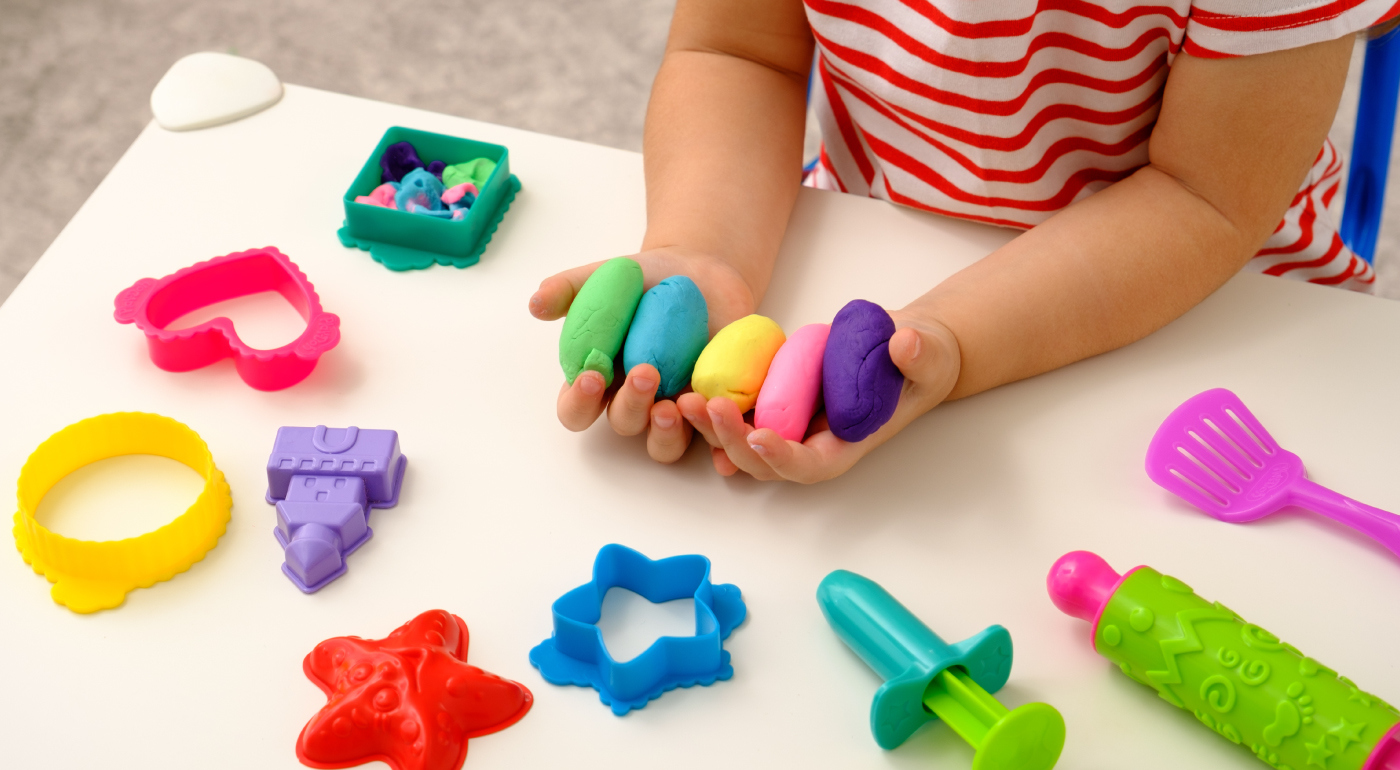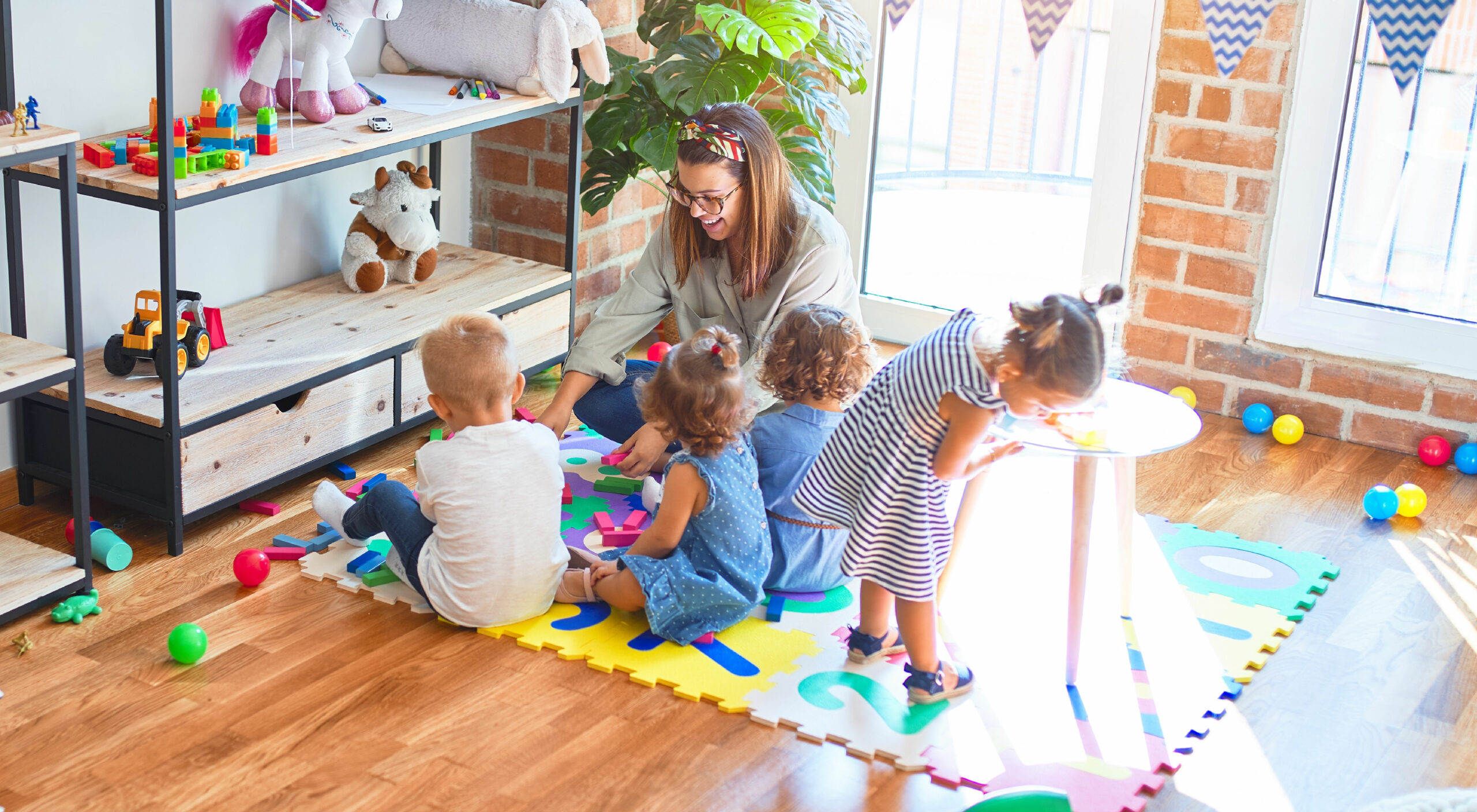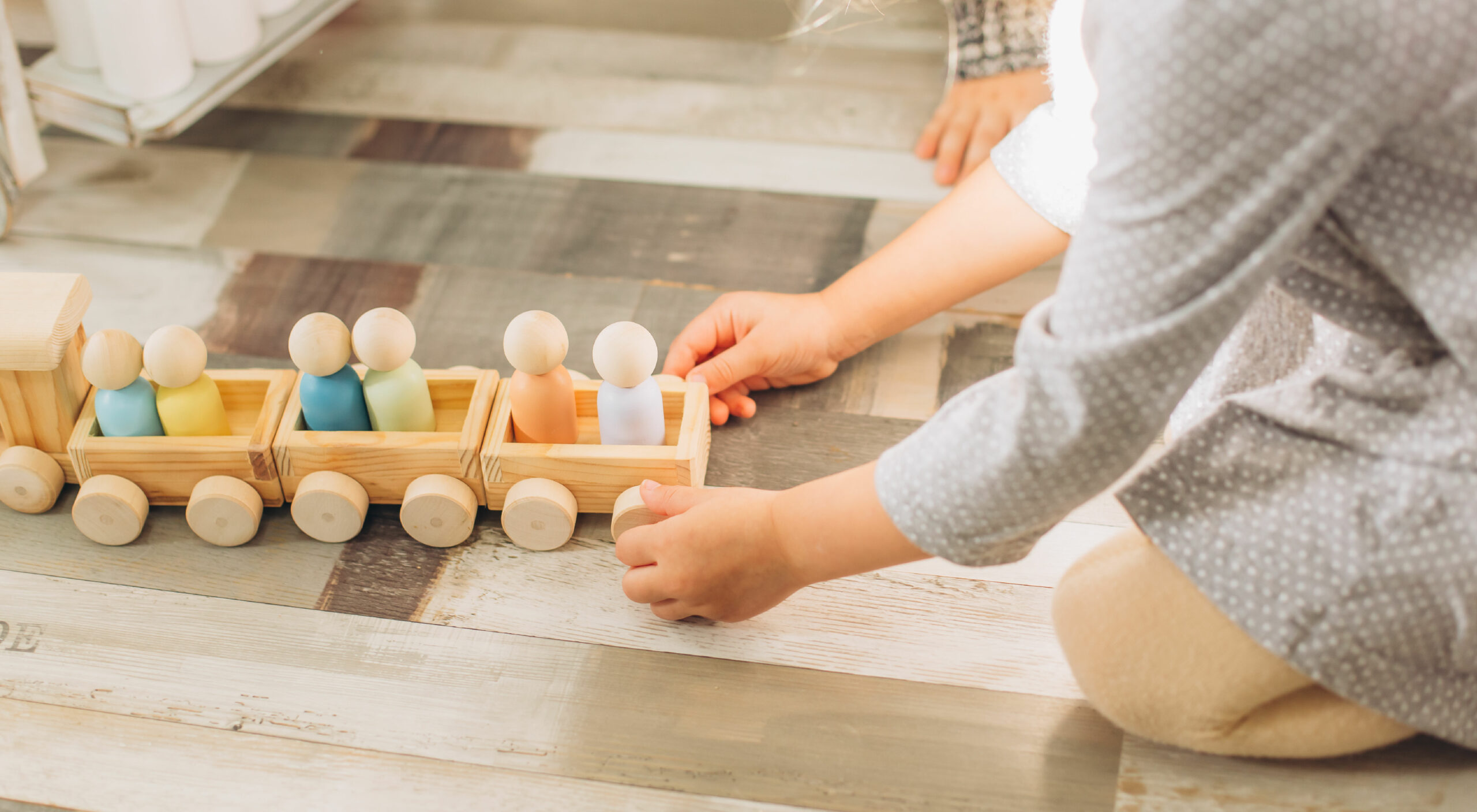We have four primary values that guide what we teach and how we interact with each other at Piedmont Hills Montessori Academy.
- Self-Directed Learning
- Guided Exploration
- Free Play
- Nurturing Environment
Over the next few months, we’ll be sharing about each of these values and how they impact everyday life here at PHMA. Today we are kicking off our mini series with a deeper look at self-directed learning.
What is Self-Directed Learning?
Self-directed learning is a learning strategy that allows individuals of all ages to take charge of their own learning to varying degrees. This can look like identifying personal learning goals, determining preferred ways of learning, and even evaluating their own learning outcomes. In most scenarios, self-directed learning allows individuals the freedom to pursue what interests them, rather than following a rigid curriculum that has no room for different learning styles or preferences. It invites individuals to take responsibility for their learning.
In the Montessori world, self-directed learning provides children with the freedom to learn about what interests them, within limits. It even goes beyond the topic of interest, extending to how and where a child prefers to learn. Children are encouraged to move at their own pace, rather than taking a predetermined amount of time to learn something. In this style of learning, the goal is not to check off a box based on demonstrating a new skill or memorizing something. The goal is for the child to become absorbed in learning as they problem solve, discover, and create on their own.
Benefits of Self-Directed Learning
Self-directed learning benefits individuals of all ages, but today we’ll focus on how it benefits little learners.
It encourages problem solving. When kids pursue what interests them, they are more likely to push forward when (not if!) they come across a roadblock.
It ignites a love for learning. So many children don’t have the opportunity to explore what interests them. Because of this, they may think that learning is boring. When they are given the time to explore an interest at their own pace, they will likely find that learning is exciting.
It develops long-term focus. The absence of time limits or windows allows children to practice concentration, a skill that is essential in lifelong learning.
It fosters a sense of belonging. This model of learning acknowledges individuality in a variety of aspects, including interests, learning styles, and even pace. Ideally, children won’t feel the pressure to perform like their peers; instead, they will feel the freedom to take charge of their own learning.
How We Implement Self-Directed Learning at PHMA
At PHMA, we believe that children of all ages can love learning when they are given the freedom to pursue what interests them. This doesn’t mean that learning is a free-for-all in the classroom. But it does mean that we give students the opportunity to take the lead in their education. One way we do this is by providing a rich and safe environment where they can learn independently. For example, our classrooms have stations set up around them that are available for discovery. We change the stations frequently so that children have ample opportunity to explore what interests them.
As learning facilitators, teachers are always available to answer questions or offer help if asked. But we take a hands-off approach so that children can learn independently. It doesn’t take long to see that most of the time, they learn the best that way.
Ideas for Self-Directed Learning at Home
Self-directed learning doesn’t have to be confined to the academic classroom! After all, life is essentially the ultimate classroom. We should never stop learning, no matter how old we are. If you would like to implement more self-directed learning strategies at home, there are plenty of ways to do just that.
One of the best ways to encourage self-directed learning is to simply ask your child what they’re interested in. Even better, pay attention to the things they point out! Are they amazed by the clouds in the sky, the recent rainstorm, or the way something smells? If you find that they keep talking about the same thing, encourage them to learn more about it! Take a trip to the library so they can find books on the topic. (Don’t find the books for them; let them work with a librarian!)
Montessori toys are designed to promote self-directed learning. Fight the urge to jump in when your little one is building, or trying to build, something. Additionally, don’t feel guilty for letting your child play alone. It’s good for them! But be attentive when they come running to you, excited to show you what they finally figured out.
Montessori-Based Childcare in San Jose, CA
For over 30 years, we have been serving families in San Jose and the surrounding communities with high-quality childcare services that foster the emotional, social, physical, and academic development of toddlers, preschoolers, and kindergarteners. If you have any questions about who we are, how we teach, or what makes us different from other childcare centers, we’d love to connect. Contact us today!



